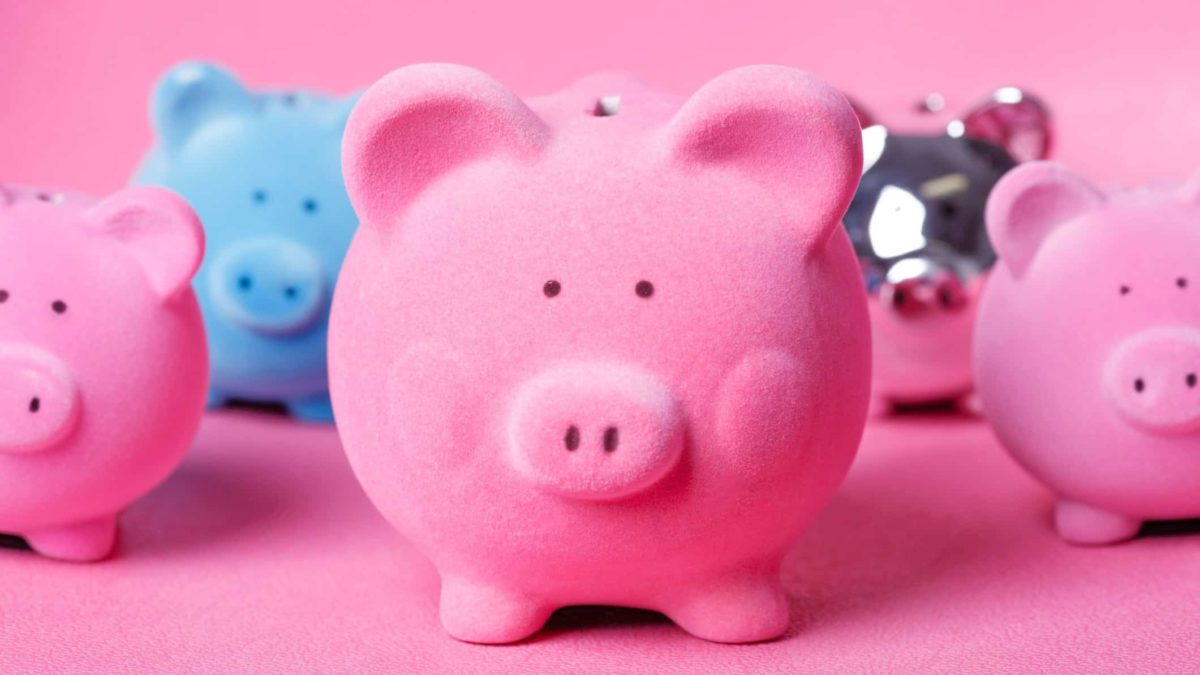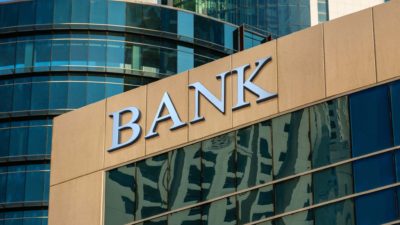As most ASX dividend investors would be aware of, 2020 was not the greatest year for share market income. Sure, some ASX dividend shares managed to hold the line on their shareholder payouts, or even increase them. On the latter, shareholders in Coles Group Ltd (ASX: COL), Fortescue Metals Group Limited (ASX: FMG), Brickworks Ltd (ASX: BKW), and Washington H. Soul Pattinson & Co Ltd (ASX: SOL) would have been feeling very grateful for their portfolio presence.
ASX banks have a dividend shocker
But for the ASX banks, long the stalwarts of the ASX dividend scene, it was an entirely different story. ASX banking dividends were crushed in 2020, no way around it. Commonwealth Bank of Australia (ASX: CBA) went from paying out $4.31 in dividends per share in 2019 to $2.48 in 2020. National Australia Bank Ltd (ASX: NAB) went from $1.66 in dividends per share in 2019 to 60 cents per share in 2020. Westpac Banking Corp (ASX: WBC) didn't even pay an interim dividend in 2020 for the first time in decades. It went from $1.74 in dividends per share in 2019 to just 31 cents per share in 2020. Australia and New Zealand Banking Group Ltd (ASX: ANZ) fared better than Westpac. However, it still went form $1.60 per share (partially franked) in 2019 to 60 cents per share in 2020 (fully franked).
Blame APRA
Since one or more of the big four are staples of the typical ASX dividend investor's portfolio, these reductions would have been a painful cross to bear. Not that it was entirely the banks' fault. The Australian Prudential Regulatory Authority (APRA) effectively kneecapped the banks' ability to pay dividends for most of the year last year. Indeed, the APRA-imposed 50% cap on the proportion of earnings the banks could pay out as dividend was only lifted a couple of months ago. Investors have been used to the banks paying out as much as 80-90% of their earnings as dividends in recent years. So there was always going to be a steep drop in payouts.
2020 is in the rearview mirror now and the banks aren't shackled by APRA any longer. What does the future hold for ASX bank dividends?
CBA gives us a dividend crystal ball
Well, we got a much-needed glimpse at the crystal ball this morning.
Commonwealth Bank reported its half-year earnings for the 6 months to 31 December 2020 earlier today, and it made for some interesting reading.
CBA did report $4.88 billion in net profits after tax. That was a ~20% drop compared to the previous period.
It also announced an interim dividend of $1.50 per share, fully franked. That metric represents a payout ratio of 67% of earnings.
First things first, an annualised dividend of $1.50 per share ($3 a year) would represent a forward dividend yield of 3.48% on the current CBA share price of $86.12 (at the time of writing). If you include full franking credits, that grosses-up to 4.98%. Sure, that's not quite what investors were used to pre-2020. But it's certainly better than what you could get form a CommBank term deposit right now.
What does the future hold?
However, CommBank CEO Matt Comyn also made some telling remarks in the report:
Although the outlook is positive, there are a number of health and economic risks that could dampen the pace of recovery. We are prepared for a range of scenarios and have taken a careful approach to provisioning.
That probably explains why CBA is sticking with a payout ratio of 67% and not rushing to get back to paying out 80-90% of earnings right away. But it is still a somewhat promising sign. According to reporting in the Australian Financial Review (AFR) last month, we are likely to see similar results from the other banks in terms of dividends this year since CBA will likely 'set the tone' for the other banks.
Let's model a scenario for a minute. Say everything goes CBA (and the Australian economy's) way in 2021 and CBA is confident enough to lift its payout ratio to 80% of its earnings in 2022 and it delivered the same results as it did this morning next year. That would mean CBA would be paying an interim dividend of roughly $1.80 a share. That would mean that CBA shares would have an annualised dividend yield of 4.18% (or 5.97% grossed-up). That's starting to look like the bank dividends of old.
Of course, I am not saying that is likely to happen. But it's a worthy thought experiment nonetheless.
So we can probably say that if the Australian economy continues to recover, ASX bank dividends will likely follow suit. However, the opposite is also true. If things go south again for the economy for whatever reason, so likely will banking dividends.








